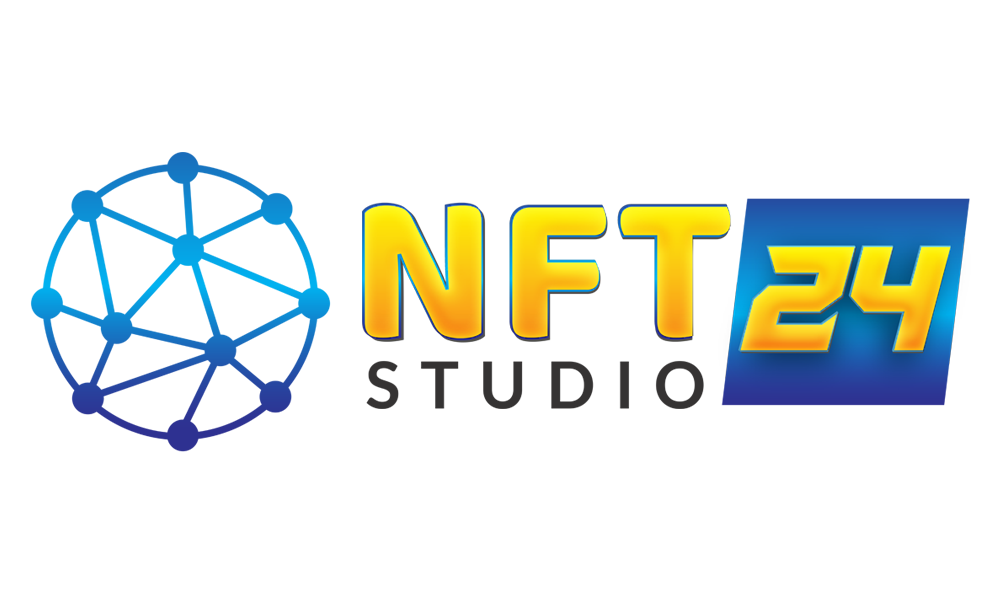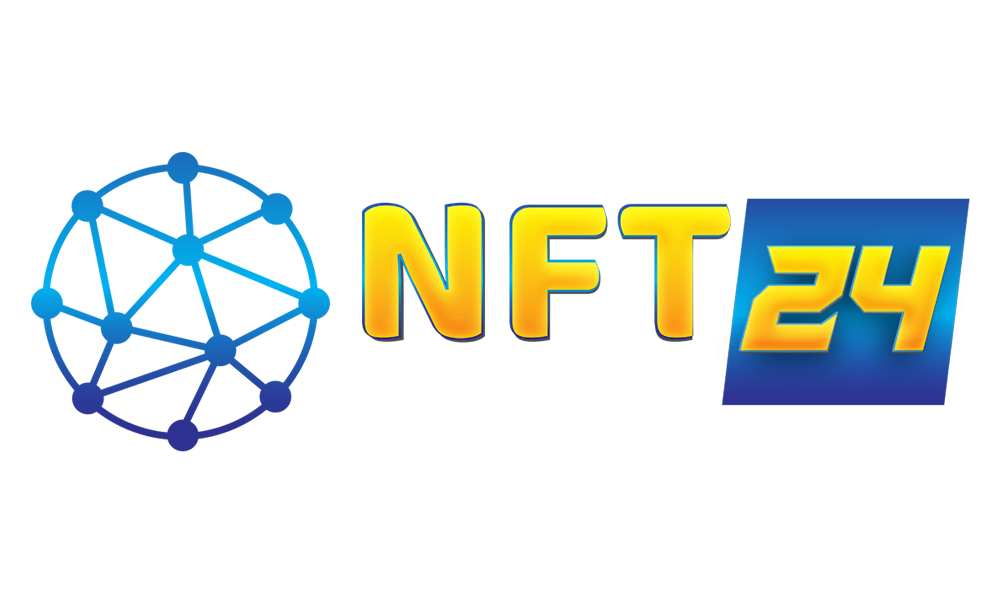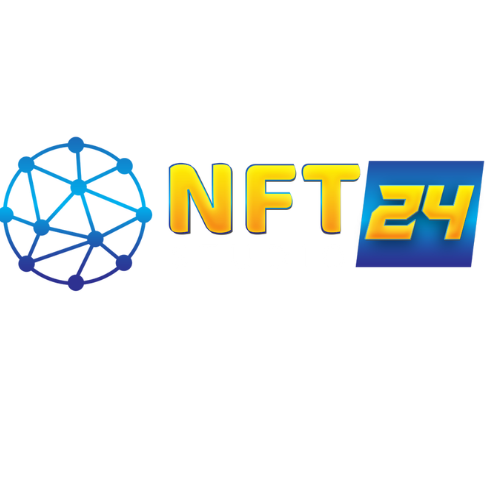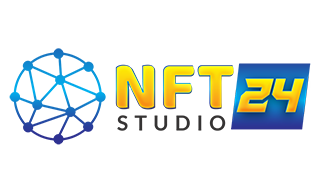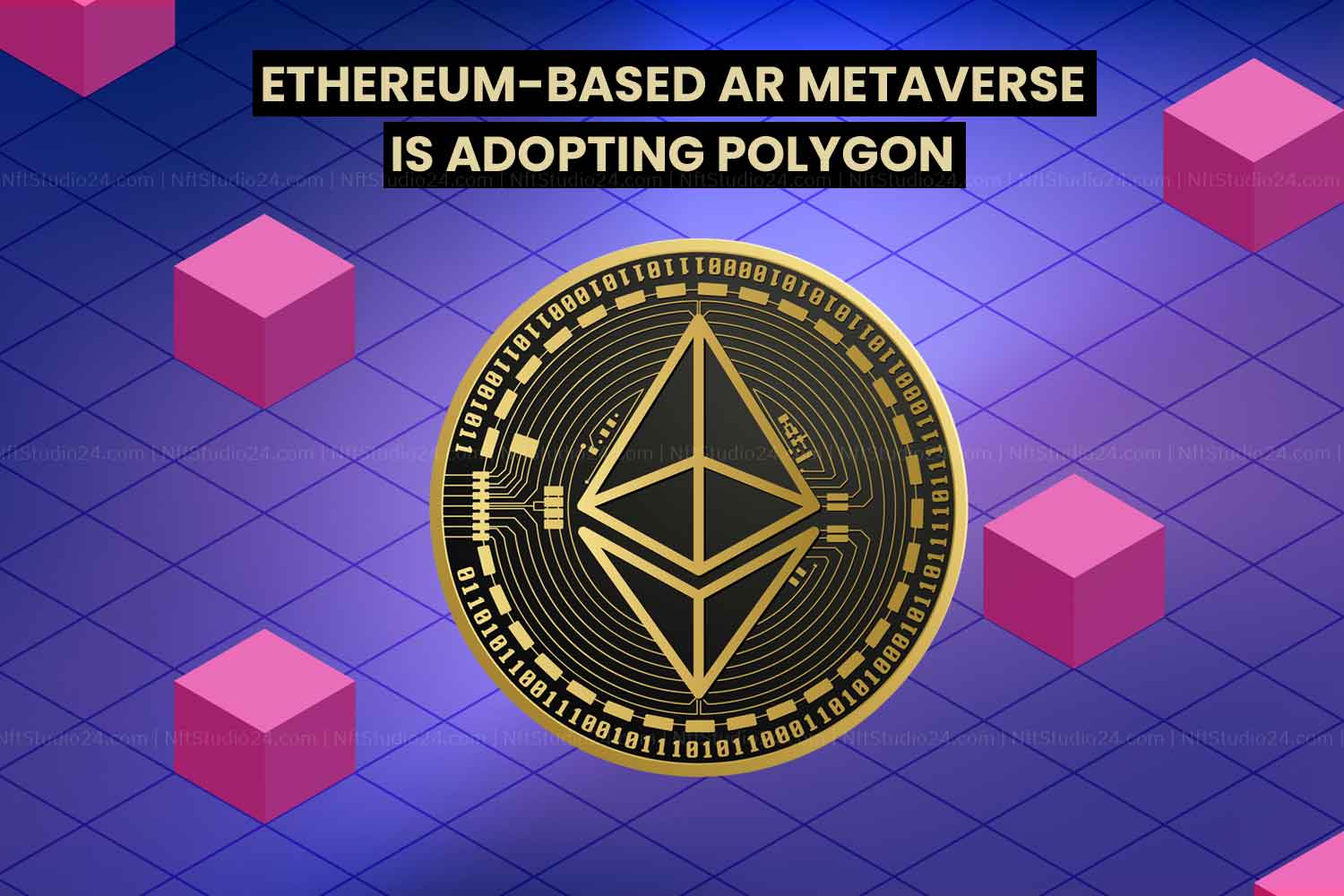The AR Metaverse ecosystem is adopting Polygon, neglecting Ethereum’s much-awaited upgrade. Multiple platforms are moving to other networks besides Ethereum in the attempt to expand. There is no doubt that Ethereum is the foundation of the NFT craze, but platforms find it challenging amid higher gas fees.
It is quite difficult for platforms to mint, trade, and integrate their ecosystems within metaverse utilizing Ethereum. The resistance comes from the high prices that the platforms have to pay or the users have to experience before even enjoying their time on the platform.
Decentralized Augmented Reality
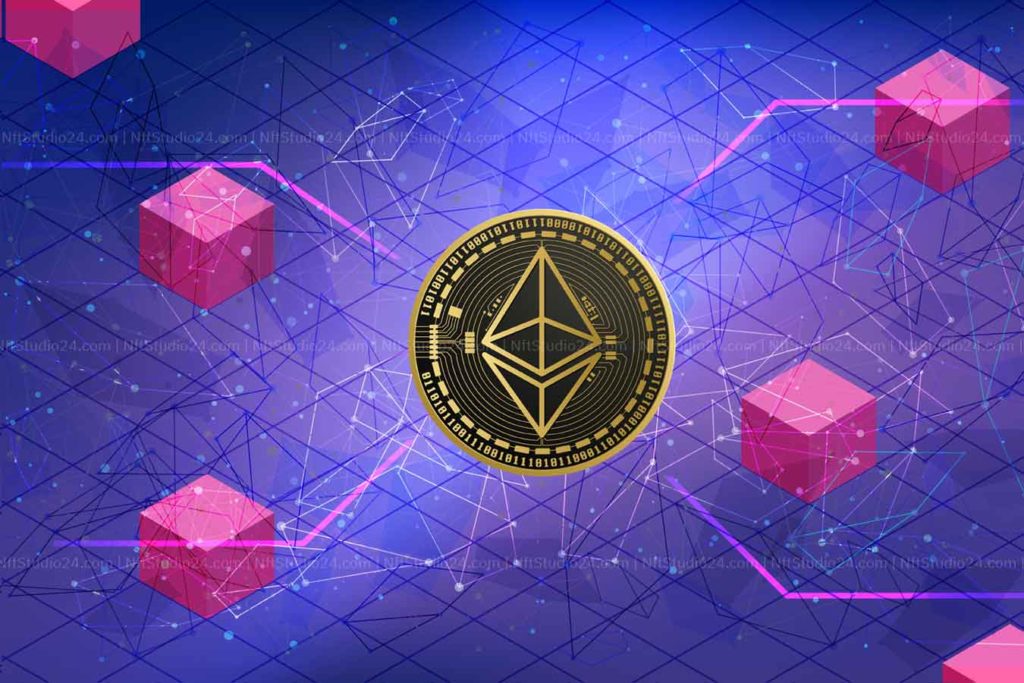
There are multiple alternatives in the market for platforms to continue their development. One of the projects that are moving away from Ethereum, OVR is one of them. It is a decentralized augmented reality project that functions on NFTs.
The project has recently decided to leave Ethereum and move to Polygon (MATIC). Polygon ensures greater scalability and flexibility for projects as it has a layer-2 chain feature.
The OVR Experience
Initially, OVR started as an Ethereum-based open-source AR platform. The project allowed its users to have an AR experience and interactions with the real world through mobile devices and smart glasses. With the emergence of the metaverse and its capabilities, the platform integrated the same concept and plans to build a 3D virtual world.
Read More:
- Major Crypto Exchanges Inking Partnership with Asian Market Amid Growing Regulatory Clarity
- Is Bitcoin Hitting Bottom? New Data Reveals Bitcoin derivatives entering the Alarming ‘Capitulation’ Zone
This 3D world is said to be an alternative to Meta and will be community-owned. OVR will be functioning as the first content browser for the users to offer them unique AR experiences. Users will not choose the contents, instead, the world will offer its own possible experiences based on the user’s geographical location.
Users will be able to create 3D content in the metaverse, and it will host content in the form of NFTs. The platform is focusing on building a global nation powered by an open AR metaverse powered by Web 3.0.
What’s Unique in OVR?
OVR collaborated with Threedium, enabling users to build and request their unique 3D objects. Until now the project has seen a lot of acceptance among the masses. The one-to-one mapped layer of OVR went live after the project launch and, sold 750,000 units called OVRLands.
Currently, 25,270 OVRLand owners are present across the globe. This shows the projects’ popularity and acceptability among the folks of the crypto and decentralized world.
Fuel for AR Ecosystem
The project is running on two main tokens. The first one is OVRLand, based on NFTs representing the elements of land mapped in the real world. The second one is OVRToken, which is a fungible one and allows users to have the access to different operations in the ecosystem.
Users can buy OVRLand, through OVRToken along with participating in the governance process. The token also allows users to participate in staking for nodes and liquidity mining. Users also have the access to buy products on the OVR marketplace.
Why Projects are Choosing Polygon
Many people are enthusiastically participating in AR and metaverse. People are understanding the value behind these projects and their possible impacts on the digital world. This is why OVR decided to address the scaling issues by moving away from Ethereum to inking with Polygon.
There were many options as an alternative to choose from but the team carefully analyzed all of them and decided to move to Polygon for the stability and success of the project. The team chooses Polygon because it offers some of the prominent features like affordable transactional costs, decentralization trade-offs, and project vision along with EVM compatibility.
How to Participate?
By now, OVRToken holders can use Polygon Bridge to move ERC-20 tokens from Ethereum to Polygon. After this, the OVR UX will not change or be replaced. For the primary market, users will be able to purchase Ethereum, Binance Smart Chain (BSC), and Polygon with their OVR tokens.
Here, Polygon links blockchains and decentralized applications (DApps) to Ethereum through sidechains. When users utilized Ethereum through the Polygon layer, the transactions are settled immediately, resulting in no gas fees. The network is aiming to implement this to establish the project in the rapidly growing AR and metaverse space.
Here at NFTStudio24, we feature the latest NFT collections and upcoming NFT projects to help you invest in the right NFTs.
